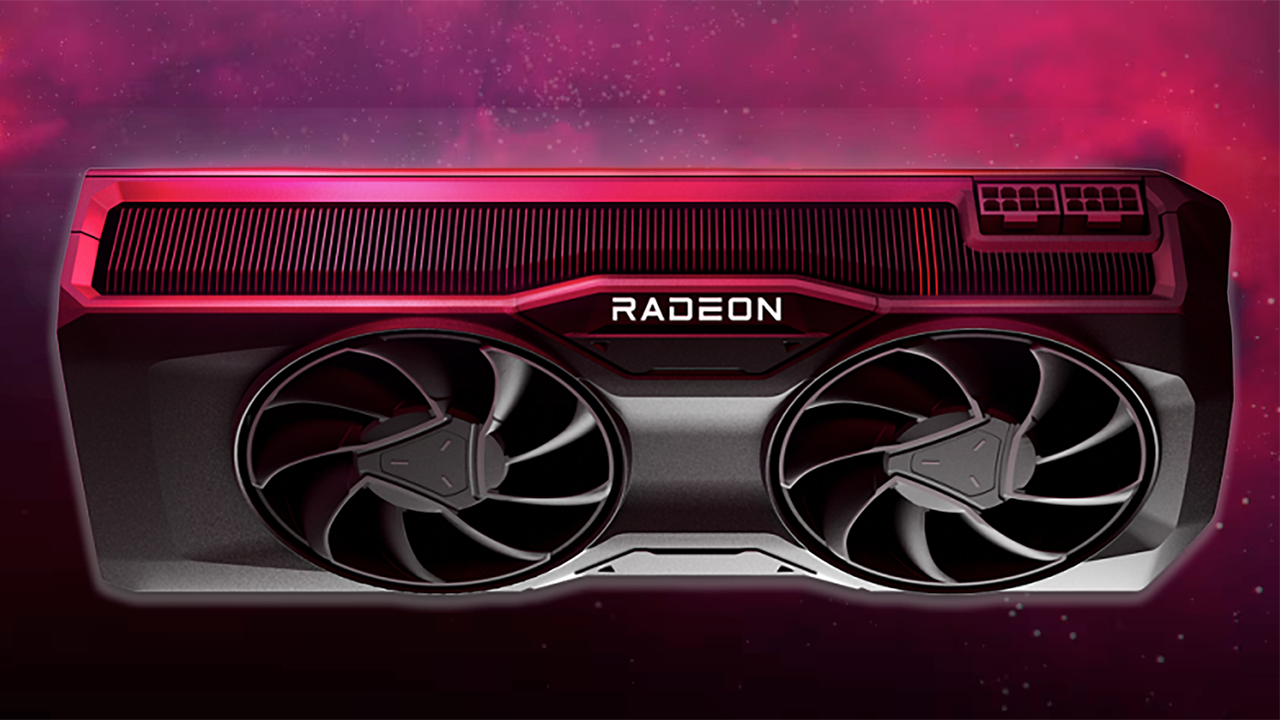
AMD's Radeon RX 8000 may be getting closer. The company's driver team recently rolled out a series of new patches for the AMDGPU Linux kernel graphics driver that enable some of the IP blocks that presumably belong to graphics processors based on the company's next-generation RDNA 4 architecture. For now, these are basic building blocks of a driver, but such step-by-step rollout corresponds to the company's enablement strategy, as observed by Phoronix.
The latest patches enable operation of several critical components: ATHUB has been upgraded to version 4.1, LSDMA to version 7.0, IH to version 7.0, and HDP also to version 7.0. Each of these IP blocks is crucial for operation of a graphics processor (in this case, presumably an RDNA 4-based family).
ATHUB 4.1 is meant to enable clock-gating and power management capabilities to ensure better energy efficiency. LSDMA 7.0 updates are focused on the Light SDMA 7.0, which is essential for the general-purpose System DMA operations within the GPU. Similarly, IH 7.0 brings presumably RDNA 4-related enhancements to the GPU's Interrupt Handler, and HDP 7.0 improves the Host Data Path, which is crucial for enabling CPU access to GPU device memory through the PCIe BAR.
The Linux patches roll out approach taken by AMD involves a component-by-component strategy for updating its open-source Linux graphics driver for new GPU architectures. This method makes it a challenge to directly link the updates of specific IP block versions with future product releases before they are officially announced. The substantial version updates for these IP blocks strongly suggest their association with the RDNA 4 graphics architecture rather than further enhancements to the RDNA 3 series.
Meanwhile, the rollout of the new patches follow AMD's efforts to enable GFX1200 in LLVM for GFX12 GPU hardware (which probably refers to RDNA 4 graphics processors), so indeed it is probably safe to say that AMD's Radeon RX 8000 series, which is set to replace the company's Radeon RX 7000 family of products (some of which are among the best graphics cards) is getting closer.
Timing of these patch series submissions implies that the updates are intended for the Linux 6.9 merge window, which is expected to become a stable release in the middle of the year.







